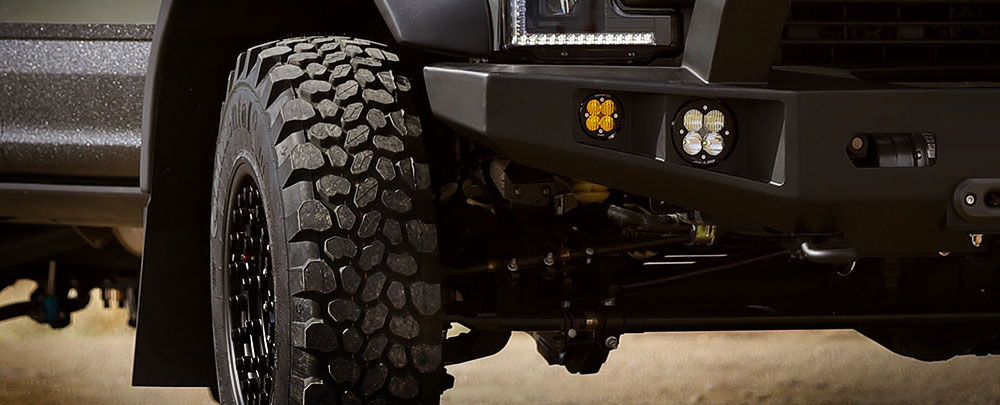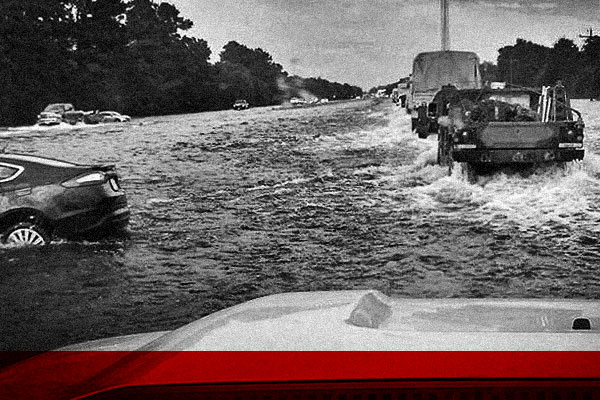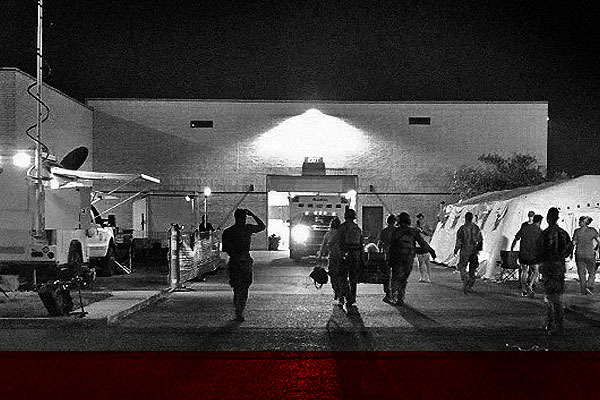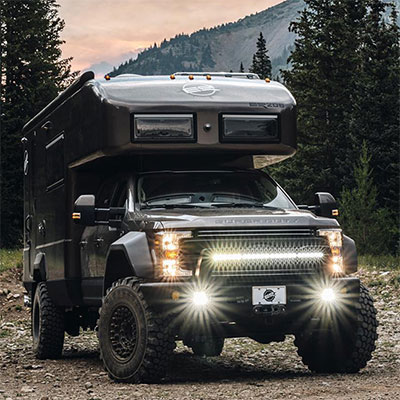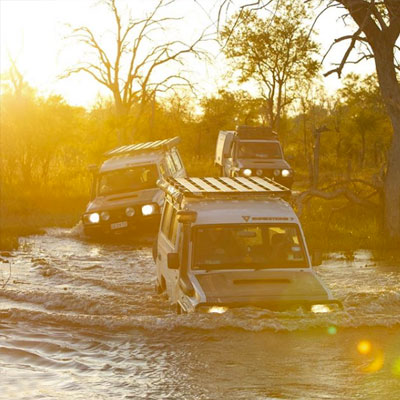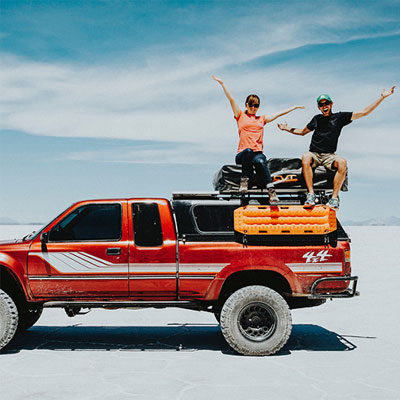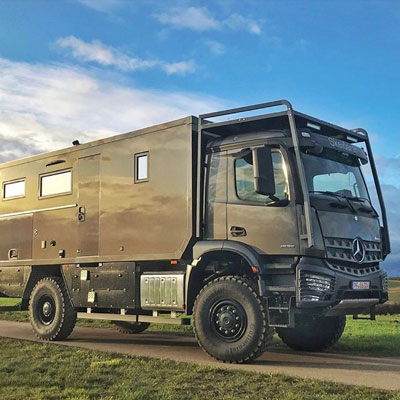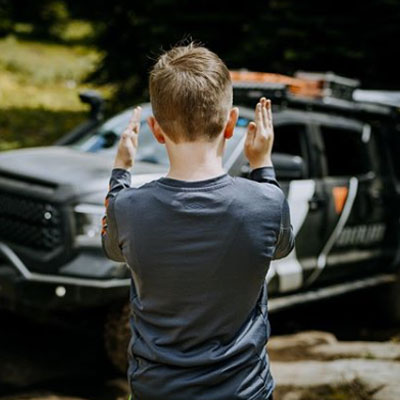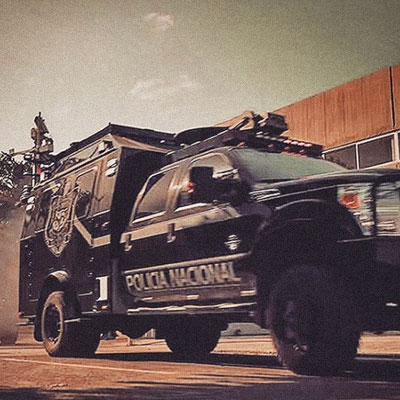The SEMA Show is overindulgent, overdone, and completely over-the-top… An overt play to the overactive minds of automotive dreamers.
So why should we — those of us entrusted with public safety, operational resiliency, and always-on connectivity — have paid any attention to these four days of four-wheeled fantasy in Sin City? One word…
Overlanding
SEMA (Specialty Equipment Market Association) represents players across the automotive spectrum; manufacturers, distributors, retailers, customizers, even race teams. The group’s annual trade show in Vegas is a feast for the senses. And even though it’s aimed at the consumer aftermarket, the SEMA Show reveals important trends and technologies that might inform your next mobile operations project.
New for 2019 was an exhibit area dubbed Overland Experience. Overlanding is self-reliant, mechanized travel, often spanning long distances and periods of time. Off-pavement excursions are the norm and camping is the principal form of lodging. It differs from “off-roading,” where adventures are typically shorter and focused on overcoming obstacles.
Purpose-built overland trucks, vans, and trailers are tough and highly-capable with an emphasis on versatility, adaptability, and the aforementioned self-reliance.
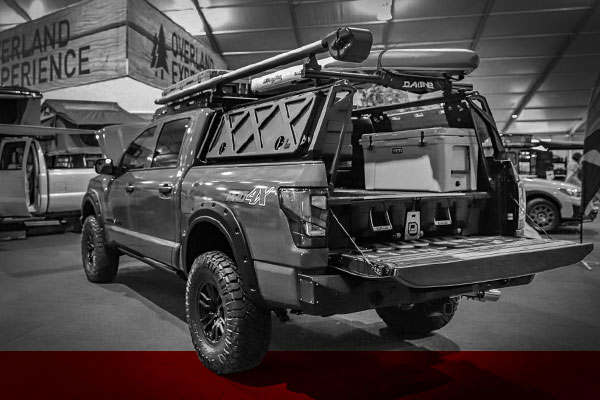
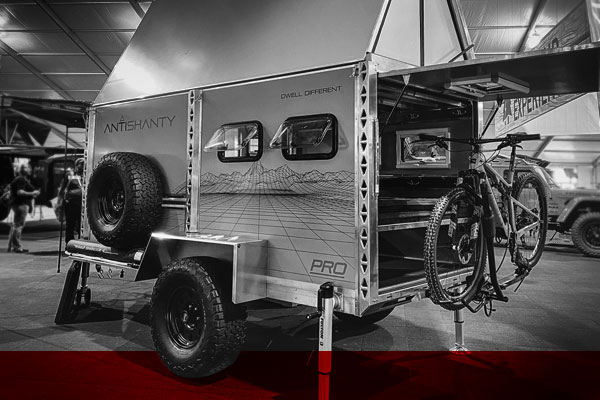
Overland vehicles, accessories, and aesthetics saturated the SEMA Show, reaching every exhibit hall, including the major auto manufacturers. Ford was especially tuned in, rolling several decked-out rigs onto the blue carpet.
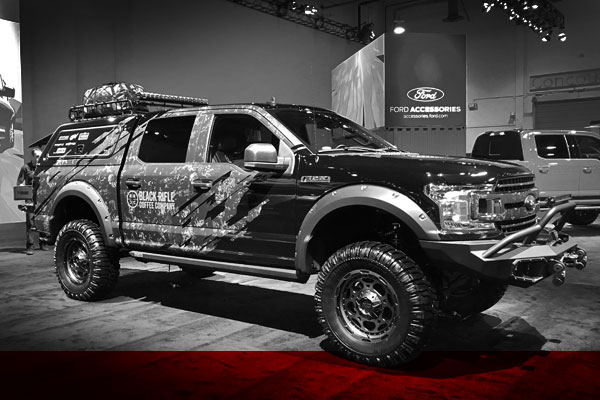
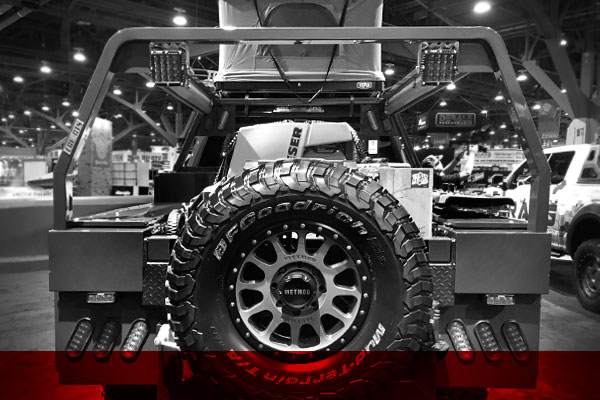
This is no flash in the pan. Since man could move on wheels, the desire to go farther has been instinctive. What’s creating today’s boom is a combination of better vehicle manufacturing, more accessible price points, go-anywhere connectivity (for working remotely, among other things), and Instagram-fueled wanderlust.
Overlanding’s popularity reflects and feeds a growing public sentiment. And it’s driving a wave of innovation that directly serves the world of command, tactical, and special ops vehicles.
Here’s the overlap and how we can tap in…
Operate Anywhere
Traditional thinking sometimes pushes buyers to the biggest vehicles their budgets allow. While large trucks and trailers have their applications, consider what happens in a rural or remote incident response, or when urban infrastructure is compromised. In these cases, incorporating high ground clearance, rugged suspension and rolling gear, vehicle recovery equipment, and other overland-inspired features can save property and lives.
Exhibit A: Nomad-built TCV gets on-scene quickly after Hurricane Harvey in 2017, providing critical support at a makeshift medical facility.
Operate Longer
Nobody really wants drawn-out deployments. But, as missions get more complex (and sometimes more isolated), the chances of being in the field longer increase. Take a cue from our overlanding friends and think about how your personnel and equipment can stay happy and healthy when they’re out longer than planned.
Redundant connectivity and power are a given. Also consider carrying extra fuel, food, water, cooking accessories, and creature comforts to remain self-sufficient. Don’t necessarily bank on a re-supply. External shelters and sleeping accommodations might be needed, as well as a portable loo and pop-up privacy room.
Extend Comms and Connectivity
Having the ability to place assets nearly anywhere gives incredible flexibility. Imagine two remote towns separated by a rugged mountain range. There’s an imminent wildfire threat. You quickly deploy an array of compact, off-pavement capable communications trailers to several neighboring peaks and establish a mesh network between connected resources.
This outcome is only possible when we design solutions with a multi-mission mindset. Identify the most challenging environment a vehicle will encounter and build just beyond that (without going too far, which adds unnecessary cost and complexity). Overlanding 101.
Be Cool, Like Fonzie
Okay, so mobile ops isn’t all leather jackets and jukeboxes (and you definitely don’t want to jump the shark). But there are two ways in which incorporating overland approaches, build attributes, and aesthetics will make your project stand out in the Arnold’s parking lot.
1 // By positioning your organization as a leader. When we bring a TCV to a comms exercise, the comments come all day: “Wow, this thing is cool.” Point is, when a solution is thoughtfully and purposefully different — when the intentions and capabilities are clear at a glance — You leap-frog the status quo and become a model for others.
2 // By gaining public acceptance. Whether you work in public safety, defense, energy, or the private sector, the mandate is clear; sure-fire service anywhere, at any time. Overlanding represents capability and resiliency in the public psyche, while still being “right-sized” and avoiding the perception of extravagance.


